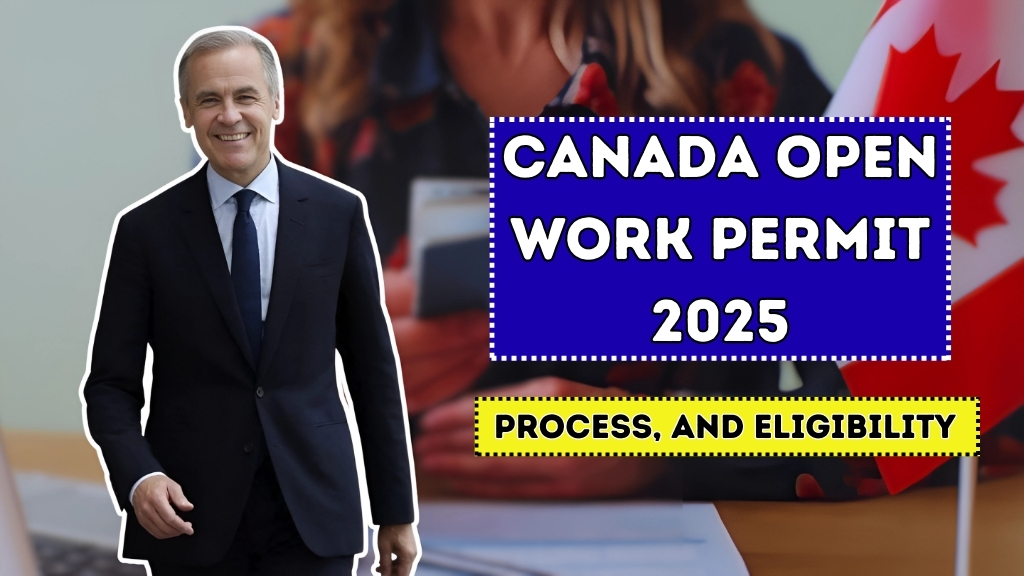Beginning January 21, 2025, Canada is overhauling the Open Work Permit (OWP) process for families related to temporary residents, specifically as a means to welcome only the most skilled newcomers while easing the housing crunch.
Targeting the spouses and common-law partners of international students and foreign workers, the new regulations aim to trim 50,000—to a possible 100,000—temporary stays from incoming numbers over the next three years. By skewing toward high-demand fields and programs of two years or longer in length, these shifts rebalance both housing pressure and labor supply needs in the Canadian economy.
What Spouses of Workers Need to Know
Under the revised framework, a foreign worker’s spouse will meet the basic criteria for an OWP if the principal worker falls in a Training, Education, Experience and Responsibilities (TEER) Level 0 or 1 job. Only a few TEER 2 or 3 occupations stay in play, and the permits in these areas will largely stem from regions with known skill shortages—health, construction, natural resources, and mid-tier educational positions among them.
Shift timing is important: the originating foreign worker must hold a work permit with at least 16 months of validity remaining at the spouse’s application date. Families must file their applications with this timing in mind to secure both their stay and work plans and to keep the Canadian experience smooth from the outset.
In 2025, the rules around work permits for the spouses of international students got tighter. Only international students in certain programs get the green light to let their wives or husbands work while they study. It’s limited to folks enrolled in master’s degrees lasting 16 months or longer, PhDs, or certain professional programs—like nursing, medicine, law, engineering, or teaching—if they lead to a degree.
Before, the list of degree programs for work permits was much longer and flexibly defined, so this change hits a wide range of students harder.
Big adjustments also arrived for kids of temporary international workers. Unlike in the past, children can no longer get an open work permit, no matter the situation. So many families planning a move now need to rethink timelines, especially if their teen or young adult children were thinking of earning money here before starting their own degrees.
If you already hold a valid open work permit, these updates won’t instantly change things. Currently issued permits stick around until they hit the expiration date shown on your card.
While that offers a moment of relief, permit holders and the students they support should still keep an eye on the coming adjustments that will shape the job and study landscape.
When it’s time to renew, family members traveling with the principal applicant may file for an Open Work Permit (OWP) in Canada if they stick to the same criteria that earned them the original permit. The new expiry date will follow the study or work permit held by the lead applicant.
This sliding-rule provision helps households already settled under older guidelines to avoid the disruption that many newcomers face.
Main Exceptions to the New OWP Rules
The new OWP restrictions have counterbalancing exceptions. First, spouses of workers under Free Trade Agreements will continue to qualify for Open Work Permits, regardless of their TEER occupation level.
Second, applicants with pending permanent residence applications who have valid non-spousal temporary permits can still obtain the Open Work Permit tied to their current stay. These carve-outs create alternative routes for those touched by the shift in the general policy.
Immigration Timelines Through 2025
The sweeping policy adjustments line up with Canada’s overall goal to boost population, ease housing strains, and fill job vacancies. Families considering a temporary move to the country will benefit from strategic advance choreography.
Future applicants will need to map out the required TEER categories, pinpoint the accredited programs that work, and watch the precise lead time between submission and arrival in Canada. Meeting these moving parts may grow the odds of successfully using the temporary resident pathway post-2025.




